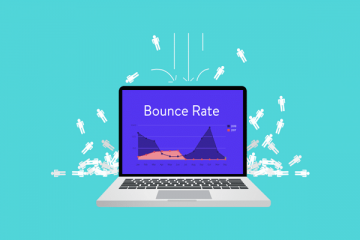When it comes to on-site optimisation, images are one of the most missed opportunities and one which many website owners get completely wrong with regards to SEO. What you need to be aware of is that when Google crawls a website, its spiders do not see images, only text.
For example, if you were a local dog groomer, and had an image of a beautifully groomed German Shepherd on your website as an illustration of your great grooming skills, if that image file was simply called ‘image1’, that is what Google takes it to be; image number 1. It doesn’t see a German Shepherd; in fact, it doesn’t see a dog at all.
Now, if you name the image file ‘German-Shepherd’ and upload it to your website, Google will see those words, and better still is if you utilise the alt-text function. Alt-text is what you might see on your screen if your mouse hovers over an image, but more importantly, it is what Google’s spiders send back when they come across an image.
So, you could have alt-text that reads ‘professionally groomed German Shepherd dog’, Google now has a further reason to rank you for that search term.
If you are a local business and wish to target your local area, there is another step you can take, and that is something called geotagging. This is usually done using an online service and, in many cases, it can be done free of charge.
What geotagging does is allow you to embed a short piece of code that identifies where in the world an image or photograph is located. If the images and photographs on your website are all geotagged then Google knows where they are, and more importantly that your website is trying to rank in the local area.
So, taking our German Shepherd image, and assuming we geotag it, for Subiaco, Google now knows what it is and where it is. If a dog grooming business in Subiaco was trying to rank locally it has a much better chance of outranking its local competition because it has optimised the images on its website effectively.


